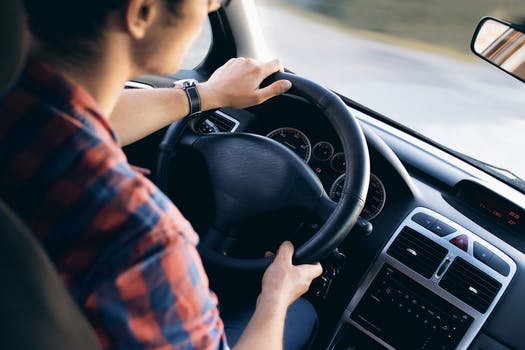6 Safety Features Your Car Will Have By 2020

Today’s automakers are creating new technologies aimed at helping reduce accidents and make the roads safer for drivers. In the next few years, many safety technologies will become standard on most vehicles. No one will have a fully autonomous vehicle, but by 2020, drivers can expect to see strides in car safety technology.
Here are 6 safety features your car will likely have by 2020:
Visual warnings
Your car will not be able to drive for you in the next few years, but it will be able to more comprehensively alert you to your surroundings and safety conditions. Safety monitoring systems, like lane departure and blind spot monitoring, are on the rise in many car models, with luxury vehicles boasting the most impressive technology.
Cars will use radar to sense when you’re going too fast to when you’re getting too close to another vehicle. More advanced systems will go even farther, like precharging your brakes to give them more power when you press down or tightening your seatbelt and applying the brakes for you when you’re approaching another car too quickly.
More cameras
Rearview cameras have become standard features on most light passenger vehicles, as required by the National Highway Traffic Safety Administration. But by 2020, cars will be equipped with even more cameras to give drivers a broader view.
Cross path cameras show 180 degree views from either the back or front of the vehicle. Some cars even boast 360 degree views, using four camera views to show drivers the full extent of their surroundings.
Pedestrian detection and night vision
Pedestrian detection technology already exists on some vehicles like Volvo’s S60, and brings the car to a stop if it detects a pedestrian in the car’s path. Night vision technology detects infrared or amplifies available light to detect pedestrians out of range of your headlights.
As of now, these technologies are quite pricey, and will likely only be available on high-end vehicles in the next few years. However, technologies such as these will only continue to become more standard as they develop.
Adaptive cruise control
By 2020, adaptive cruise control is expected to be a standard feature on nearly all vehicles. This technology adapts your speed as you get closer to cars in front of you, making it so that you don’t have to constantly press the brakes and reset your cruising speed.
Better communications technology
Most vehicle models today utilize bluetooth technology, some better than others. Automakers and engineers are working to improve bluetooth access and voice commands. The idea is that you can send a text message, make a call, change the song, find navigational routes, and more all through voice commands, making “hands free” actually possible.
Vehicle to vehicle communications
One of the newer technological concepts, automakers are engineering technology that transmits your location and recognizes vehicles around you being developed, essentially allowing cars to talk to each other. The technology can warn you of an oncoming car when passing on a country road, or a car about to blow through a red light, ideally helping to prevent accidents.
In addition to these safety features, drivers can also expect more fuel saving and efficiency technologies in their cars. While expensive luxury cars will experience these safety features in earlier stages, soon enough even the most advanced technologies will become standard for all vehicles.